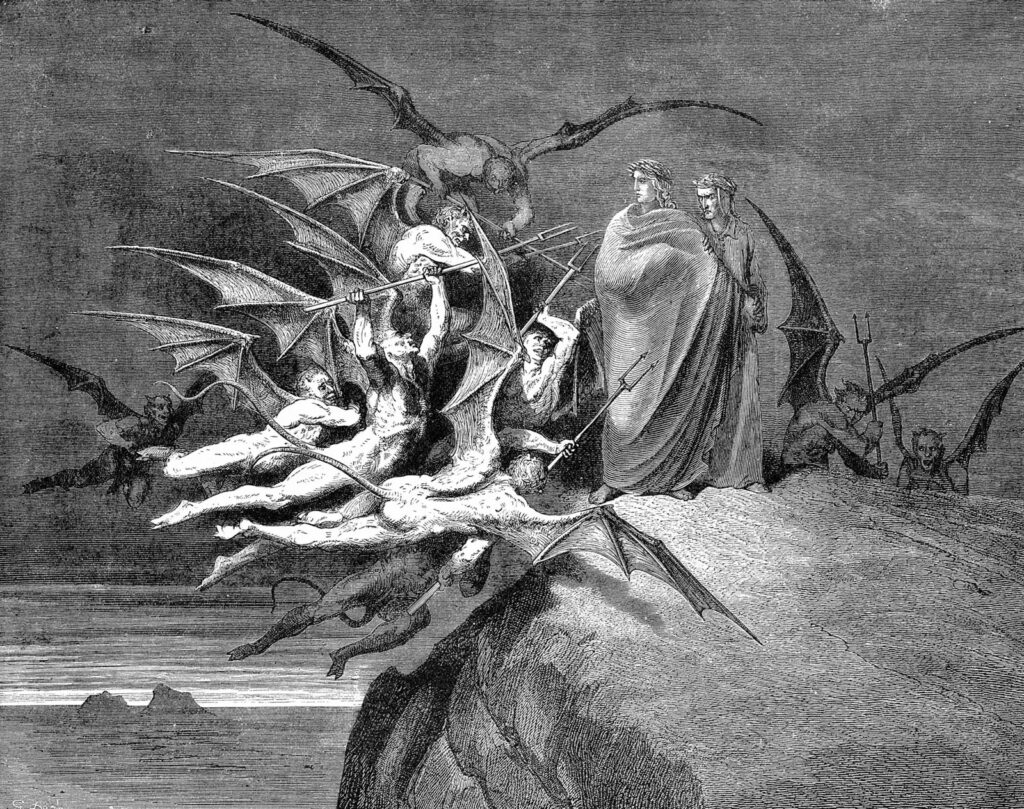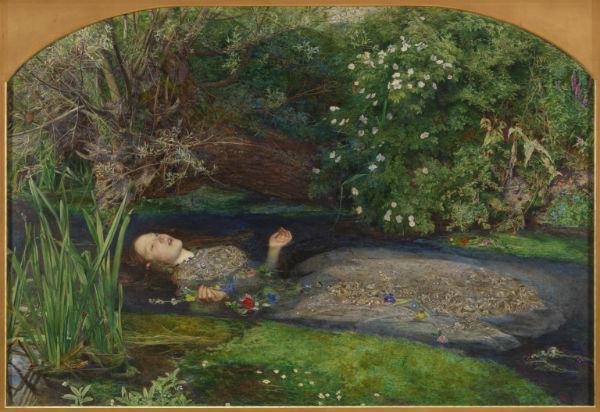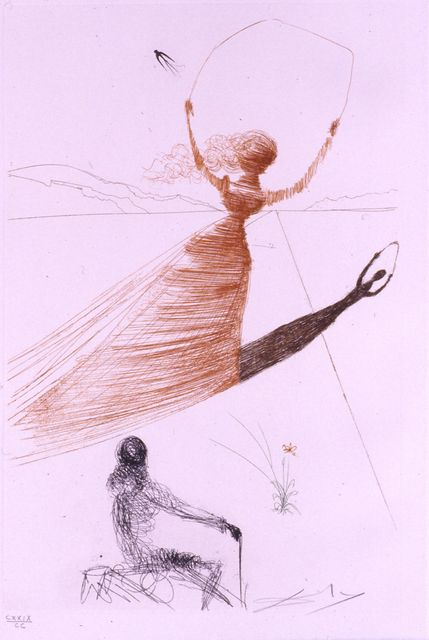P Abigail Sadhana Rao
“Painting is poetry that is seen rather than felt, and poetry is painting that is felt rather than seen.”
― Leonardo da Vinci
Art and literature are two creative forms that have been intertwined throughout history. Both forms of expression seek to explore the human experience, conveying emotion and meaning through the use of language and imagery. In this blog post, we will explore the connections between art and literature, examining how these two forms of expression intersect and influence one another.
Visual Storytelling in Literature
Literature often involves visual storytelling, with writers using vivid descriptions and imagery to create a world that readers can visualise in their minds. This visual storytelling can be seen in works of fiction like J.R.R. Tolkien’s “The Lord of the Rings” trilogy, where the author’s detailed descriptions of Middle-earth bring the world to life. The visual imagery of literature can also inspire visual art, with artists like Gustave Doré and John Tenniel creating illustrations for classic works of literature like “The Divine Comedy” and “Alice’s Adventures in Wonderland.”

Literary References in Visual Art
Literature has also influenced visual art, with many artists drawing inspiration from literary works. For example, in the 19th-century masterpiece by Millais, the artist explores Shakespeare’s Hamlet, presenting the poignant figure of Ophelia. Driven to madness after her father’s murder by Hamlet, the painting captures Ophelia in a haunting moment of serenity before her tragic drowning. Millais’s acclaimed artistic skill, particularly the realism in the landscape, distinguishes this portrayal. It stands as one of numerous interpretations immortalising Ophelia’s tragic narrative. The connection between literature and visual art can also be seen in the work of contemporary artist Nina Chanel Abney, who often incorporates literary references and themes into her vibrant and colourful paintings.

Collaborations Between Artists and Writers
Collaborations between artists and writers have resulted in some of the most iconic works of art and literature. For example, the famous collaboration between pop artist Andy Warhol and writer Truman Capote, who worked together on the magazine Interview in the 1970s. In 1969, Salvador Dalí embarked on a captivating collaboration with Lewis Carroll’s timeless tale, Alice in Wonderland. The result was an extraordinary suite of illustrations that swiftly became one of the most coveted Dalí collections.

Art and Literature in Contemporary Culture
In contemporary culture, art and literature continue to intersect and influence one another. For example, graphic novels like “Watchmen” by Alan Moore and “Maus” by Art Spiegelman combine visual art and storytelling to create a unique and powerful form of expression. The intersection of art and literature can also be seen in the work of contemporary artists like Kara Walker and Jeff Koons, who incorporate literary themes and imagery into their work.
Impact on Society
The intersection of art and literature is important in society because it allows us to explore and express the human experience in different ways. Both forms of expression can challenge societal norms and provoke thought and reflection. By bringing together different creative forms, we can create new and innovative ways of understanding and interpreting the world around us.
Art and literature have a long history of intersecting and influencing one another. Whether it’s visual storytelling in literature, literary references in visual art, collaborations between artists and writers, or the importance of art and literature in contemporary culture, the connections between these two forms of expression are undeniable. As we continue to explore the intersection of art and literature, we can expect to see new and exciting developments that push the boundaries of both creative forms, contributing to the growth of art and literature.